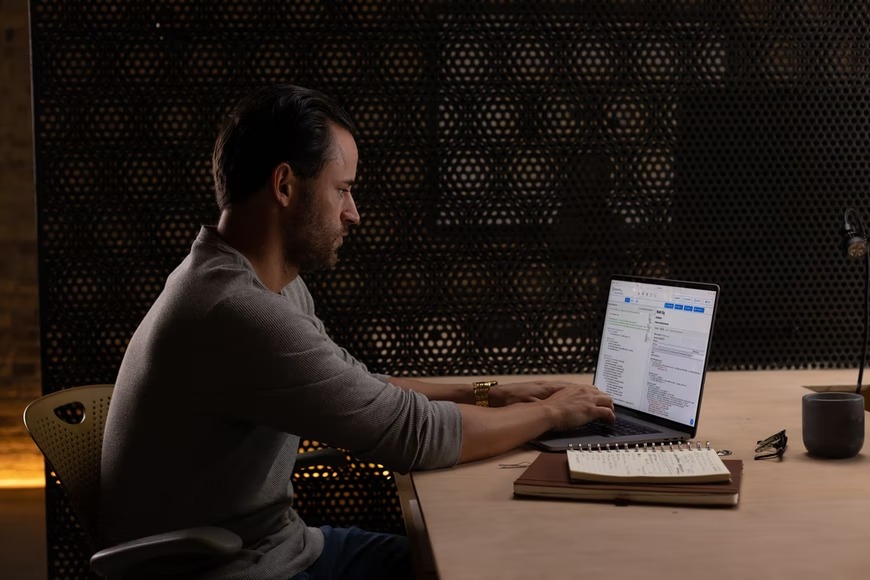SASE helps network administrators detect problems. Learn who invented SASE?
Overview: Who Invented SASE?
SASE is a security solution for networks. According to the RFC 4315, a SASE is an IP packet that answers a challenge made by the network to an end node. The SASE checks if the end node has permission to proceed through the network.
The SASE may also store information about the end node to identify it later on. RFC 4315 was written by Paul Hoffman, Matt Crawford, and Ron Bonica. Their names are often associated with the invention of SASE.
RFC 4315 specifies how a SASE must handle challenges for it to be considered compliant with the RFC 4315. It does not specify who invented SASE or when exactly it was invented. The RFC 4315 is a protocol that defines how a SASE must operate.
However, it does not say anything about who invented it or when it was invented in the first place.
The Microsoft Next Generation Secure Computing Base
The term “SASE” was first used in RFC 4315, which was published in 2005. As such, RFC 4315 can be considered one of its earliest appearances in history. It seems reasonable to assume that its authors were its inventors.
Also, it is possible that people working at Microsoft were responsible for coining this term. Since they were involved with developing Windows XP and its successors. Also, there is evidence that they have been working on some kind of IP packet authentication scheme since 2001.
However, there is no conclusive evidence either way. We will have to make do with this less definite statement: RFC 4315 can be considered one of its earliest appearances in history. Also, the second interpretation is that we want to know who invented what RFC 4315 describes (i.e., we want to know who invented SASE).
This would require more time-consuming research and cannot be answered definitively for obvious reasons (i.e., you cannot go back in time). However, we can make some educated guesses based on all available evidence and reasonable assumptions. In 2001 Microsoft was working on an authentication scheme.
This was called Next Generation Secure Computing Base (NGSCB) or Next Generation Secure Computing Base (NGSCB). Also, the NGSCB was based on the concept of SASEs. Given that the NGSCB was intended to be included in Windows XP and its successors and that the first version of Windows XP was released in 2001. It is reasonable to assume that Microsoft was responsible for the invention of SASE.
Protocol for Providing Authentication for Network Access
NGSCB relied on a challenge-response protocol. In 2003 Microsoft submitted a patent application for an authentication system that would use an IP packet as a challenge. The patent application is entitled “Protocol for Providing Authentication for Network Access”.
It can be considered an early description of SASE. So, the inventors of this patent application were Ron Bonica, Matt Crawford, and Paul Hoffman (the same people who wrote RFC 4315). Since the NGSCB was based on the concept of SASEs and since Microsoft had already been working on these concepts.
That is before 2003 (as evidenced by their earlier patent application), so it seems reasonable to assume that they were also responsible for inventing SASE. As you can see, it is not possible to determine who invented SASE. However, it is possible to draw some reasonable conclusions based on publicly available information.
